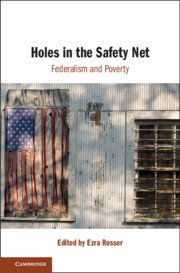The Boston College Third World Law Journal has recently published two articles related to gang violence and immigration. As a warning, the links below are to the entire issues — the journal does not break it down into article links:
Jonah M. Temple, The Merry Go Round of Youth Gangs: The Failure of the U.S. Immigration Removal Policy and the False Outsourcing of Crime, 31 B.C. Third World L.J. 193 (2011). Abstract below:
The United States’ policy of deporting noncitizen criminals to their countries of origin is fueling a proliferation of gang membership both in Central America and in the United States. Deportation does not deter gang activity but instead helps to facilitate the transnational movement of youth gangs. Rather than continue this failed approach, this Comment proposes that the United States work with Central American nations to develop an internationally cooperative model for regulating criminal gang activity. In order to strengthen its response, the United States must end its ineffective deportation policy. It must also impose sanctions and make the United States a more costly and less desirable place to conduct criminal activity. With insight from political economic theory, this Comment concludes that any new legislation must be part of an international crime control effort to combat the threat of gang transnationalization most efficiently.
and
James Racine, Youth Resistant to Gang Recruitment as a Particular Social Group in Larios v. Holder, 31 B.C. Third World L.J. 497 (2011). Abstract below:
Central American youth who refuse to join gangs are often subjected to horrific acts of retaliatory violence. Yet, the Board of Immigration Appeals’ introduction of two new requirements for asylum eligibility— visibility and particularity—have quashed the asylum hopes for members of this group. Recently, the First Circuit Court of Appeals adopted the visibility and particularity requirements and, in Larios v. Holder, applied them to deny asylum to youth resistant to gang recruitment. This Comment examines the development of these requirements and argues that there is no legal basis for their application. It further argues that the requirements unreasonably heighten the traditional asylum standard and ultimately concludes that the First Circuit should have rejected visibility and particularity as requirements for asylum, thereby rendering youth resistant to gang recruitment eligible for asylum.





